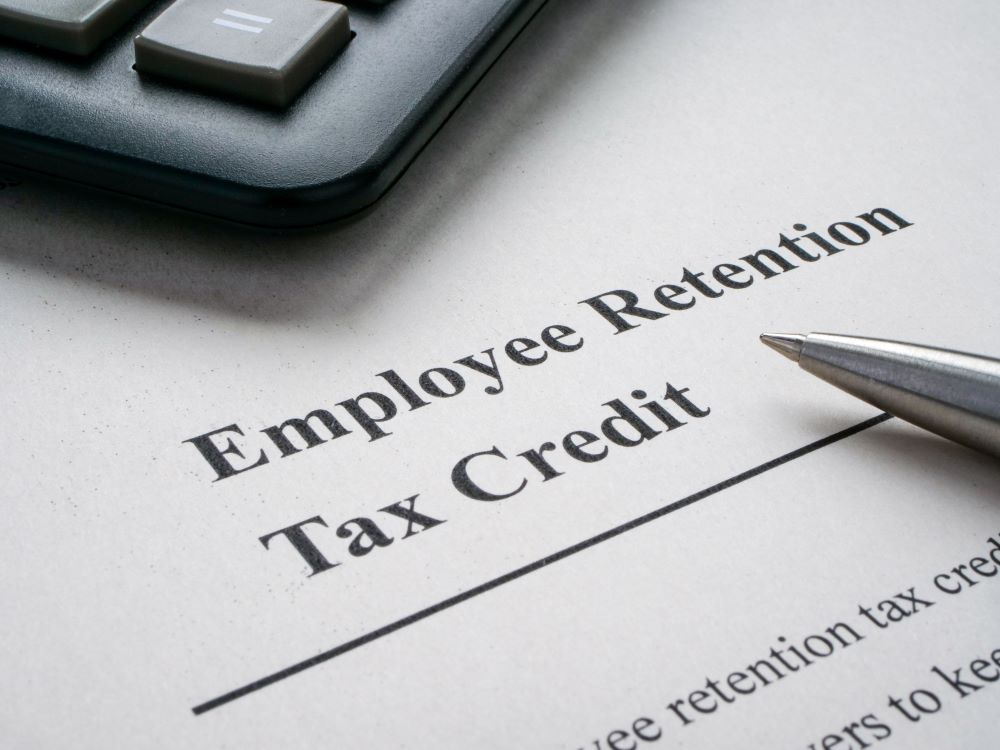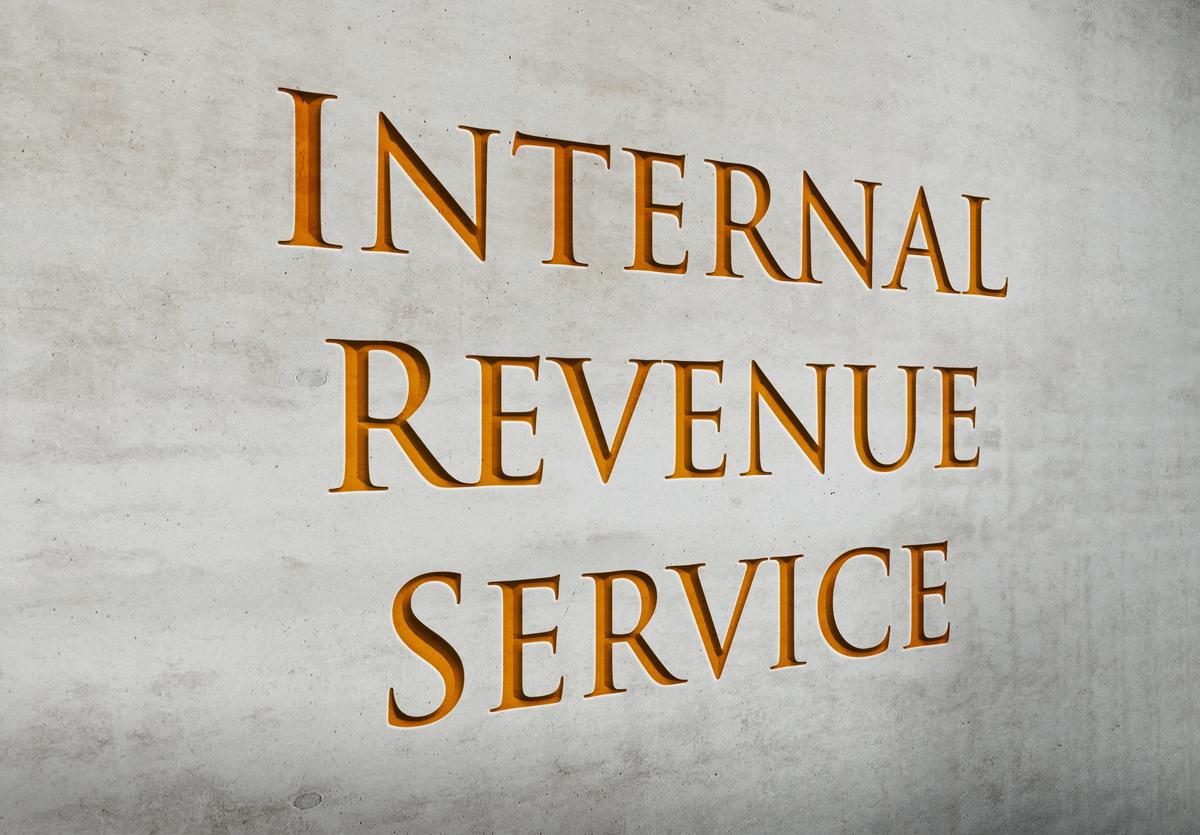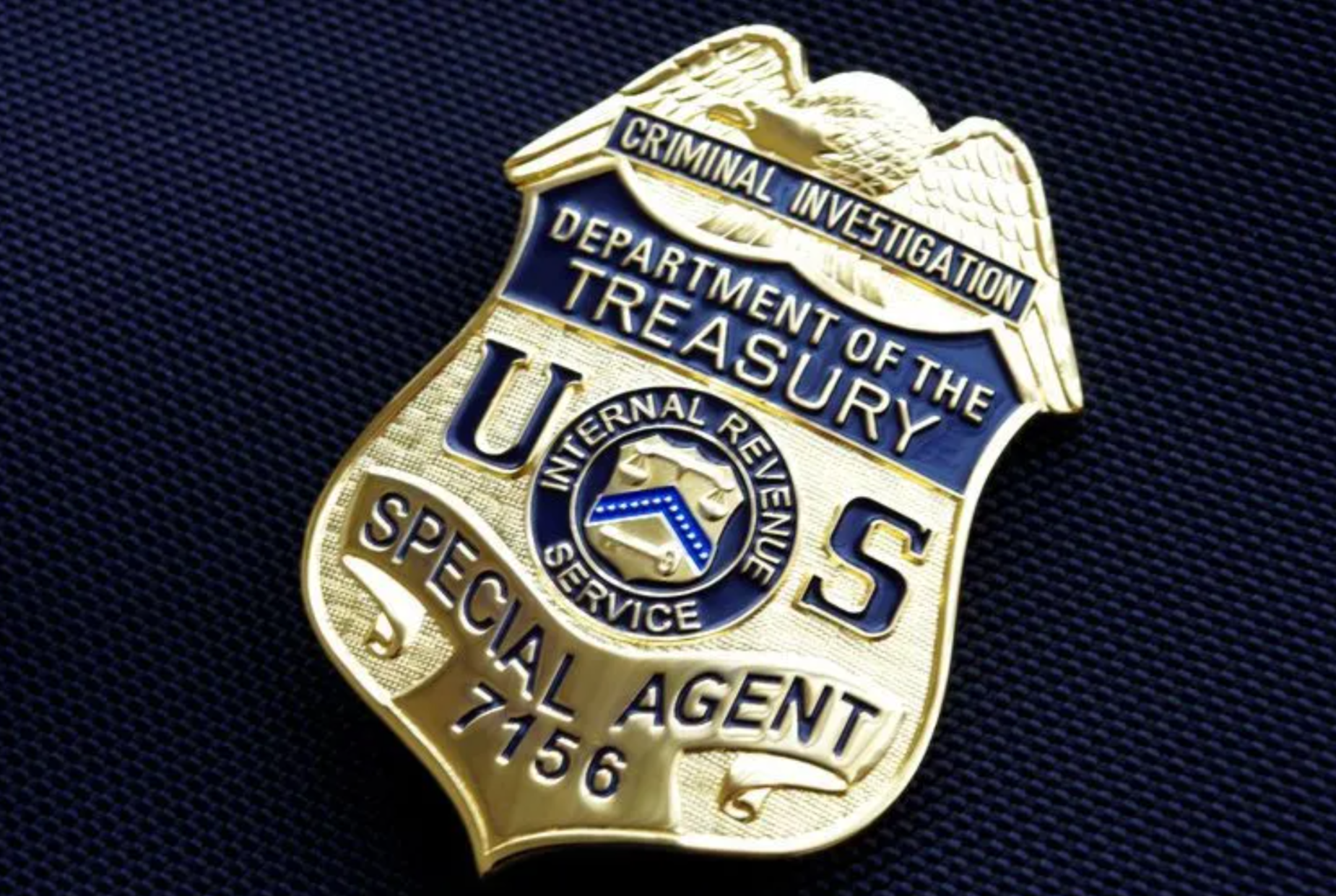Over the last several years, many unscrupulous tax credit promoters that marketed misleading information about the Employee Retention Credit (ERC). To counter those bad actors, the Internal Revenue Service is urging businesses to review seven suspicious signs of a bad claim and see if the agency’s special programs can help them avoid future compliance issues.
To combat a wave of dubious ERC claims, the IRS has sharply increased compliance action through audits and criminal investigations – with more activity planned in the future. To help those businesses that were misled, the IRS has created special programs to help, including a limited-time offer through March 22 for employers to correct improper ERC claims at a sharp discount.
Employers who improperly claimed ERC can avoid penalties and interest – and even get a discount on repayments if they apply by March 22, 2024, to the ERC Voluntary Disclosure Program. The IRS also offers a special claim withdrawal process for businesses whose claim is still pending. Taking steps now to resolve these issues can help businesses get right and avoid future IRS action, and the agency urged businesses to immediately seek the help of a trusted tax professional to get help.
“Time is running out to take advantage of special IRS programs designed to help businesses misled into making questionable Employee Retention Credit claims,” said IRS Commissioner Danny Werfel. “We have set up a special program that allows repayment of bad claims at a steep discount, and we’re also offering those with pending claims to withdraw with no strings attached. Good people have gotten caught up in the frenzy around this credit, and the IRS wants to help those who want to get right through these special, limited-time programs. There are seven important red flags that businesses should review to determine if their claim is questionable.”
Seven suspicious signs an ERC claim could be incorrect
1. Too many quarters being claimed
Some promoters urged employers to claim the ERC for all quarters that the credit was available. Qualifying for all quarters is uncommon. Employers should carefully review their eligibility for each quarter.
2. Government orders that don’t qualify
Some promoters told employers they can claim the ERC if any government order was in place in their area, even if their operations weren’t affected or if they chose to suspend their business operations voluntarily. This is false. To claim the ERC under government order rules:
- Government orders must have been in effect and the employer’s operations must have been fully or partially suspended by the government order during the period for which they’re claiming the credit.
- The government order must be due to the COVID-19 pandemic.
- The order must be a government order, not guidance, a recommendation or a statement.
Some promoters suggest that an employer qualifies based on communications from the Occupational Safety and Health Administration (OSHA). This is generally not true. See the ERC FAQ about OSHA communications and the 2023 legal memo on OSHA communicationsPDF for details and examples.
The frequently asked questions about ERC – Qualifying government orders section of IRS.gov has helpful examples. Employers should make sure they have documentation of the government order related to COVID-19 and how and when it suspended their operations. Employers should avoid a promoter that supplies a generic narrative about a government order.
3. Too many employees and wrong calculations
Employers should be cautious about claiming the ERC for all wages paid to every employee on their payroll. The law changed throughout 2020 and 2021. There are dollar limits and varying credit amounts, and employers need to meet certain rules for wages to be considered qualified wages, depending on the tax period. Employers should review all calculations to avoid overclaiming the credit. They should not use the same credit amount across multiple tax periods for each employee. For details on credit amounts, see the ERC 2020 vs 2021 Comparison Chart.
4. Business citing supply chain issues
Qualifying for ERC based on a supply chain disruption is very uncommon. A supply chain disruption by itself doesn’t qualify an employer for ERC. An employer needs to ensure that their supplier’s government order meets the requirements. Employers should carefully review the rules on supply chain issues and examples in the 2023 legal memo on supply chain disruptionsPDF.
5. Business claiming ERC for too much of a tax period
It’s possible, but uncommon, for an employer to qualify for ERC for the entire calendar quarter if their business operations were fully or partially suspended due to a government order during a portion of a calendar quarter. A business in this situation can claim ERC only for wages paid during the suspension period, not the whole quarter. Businesses should check their claim for overstated qualifying wages and should keep payroll records that support their claim.
6. Business didn’t pay wages or didn’t exist during eligibility period
Employers can only claim ERC for tax periods when they paid wages to employees. Some taxpayers claimed the ERC but records available to the IRS show they didn’t have any employees. Others have claimed ERC for tax periods before they even had an employer identification number with the IRS, meaning the business didn’t exist during the eligibility period. The IRS has started disallowing these claims, and more work continues in this area as well as other aspects of ERC.
7. Promoter says there’s nothing to lose
Businesses should be on high alert with any ERC promoter who urged them to claim ERC because they “have nothing to lose.” Businesses that incorrectly claim the ERC risk repayment, penalties, interest, audit and other expenses.
The IRS has an interactive ERC Eligibility Checklist that tax professionals and taxpayers can use to check potential eligibility for ERC. It’s also available as a printable guidePDF. The IRS’s frequently asked questions on ERC also include links to additional resources and some helpful examples.
More details on ERC Voluntary Disclosure Program, special withdrawal option
The IRS has two programs to voluntarily resolve improper claims and reduce costs and follow-up steps for businesses who fell for misinformation and aggressive marketing about the ERC.
- The ERC Voluntary Disclosure Program, available through March 22, 2024, is for employers who need to repay ERC they received by Dec. 21, 2023, either as a refund or as a credit on a tax return. This option lets a taxpayer repay the incorrect ERC, minus 20%, for any tax period they weren’t eligible for ERC. Generally, businesses who enter this program don’t have to amend other returns affected by the incorrect ERC and don’t have to repay interest they received from the IRS on an ERC refund.
- Businesses should quickly pursue the claim withdrawal process if they need to ask the IRS not to process an ERC claim for any tax period that hasn’t been paid yet. Taxpayers who received an ERC check but haven’t cashed or deposited it can also use this process to withdraw the claim and return the check. The IRS will treat the claim as though the taxpayer never filed it. No interest or penalties will apply.
Thanks for reading CPA Practice Advisor!
Subscribe Already registered? Log In
Need more information? Read the FAQs
Tags: Taxes




